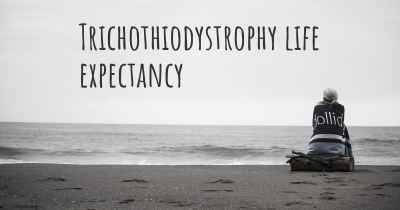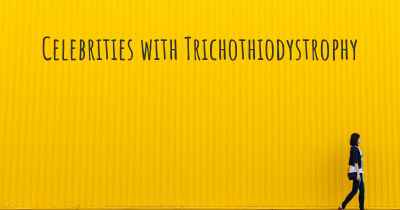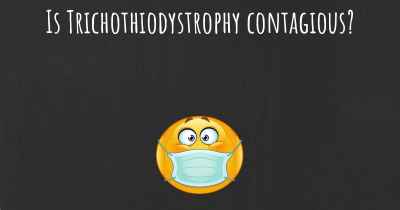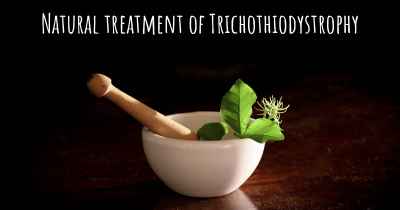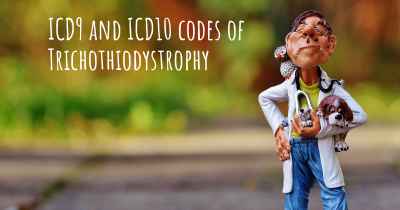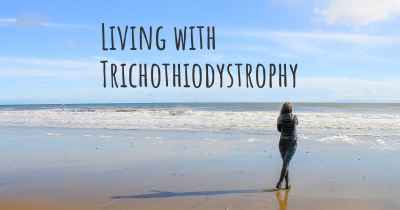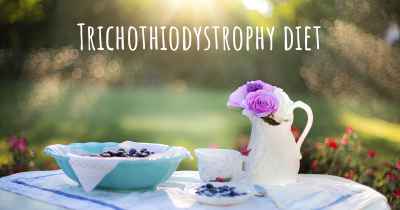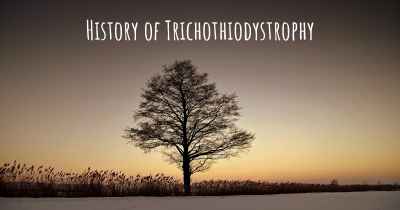Is Trichothiodystrophy hereditary?
Here you can see if Trichothiodystrophy can be hereditary. Do you have any genetic components? Does any member of your family have Trichothiodystrophy or may be more predisposed to developing the condition?
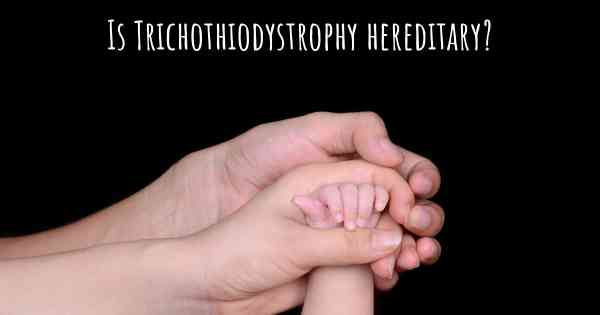
Trichothiodystrophy is indeed a hereditary condition. It is caused by mutations in certain genes that are passed down from parents to their children. These genetic mutations affect the production of proteins necessary for normal hair growth and development. As a result, individuals with trichothiodystrophy experience brittle and sparse hair, along with other associated symptoms. Genetic counseling and testing can help determine the likelihood of inheriting this condition.
Trichothiodystrophy (TTD) is a rare genetic disorder that affects the hair, skin, and nails. It is characterized by brittle hair, intellectual disabilities, and various other physical and developmental abnormalities. TTD is caused by mutations in certain genes that are involved in the production of proteins necessary for normal hair growth and development.
Is Trichothiodystrophy hereditary?
Yes, Trichothiodystrophy is hereditary. It is an autosomal recessive disorder, which means that an individual must inherit two copies of the mutated gene (one from each parent) in order to develop the condition. If both parents carry a single copy of the mutated gene, they are considered carriers and have a 25% chance of having a child with TTD in each pregnancy.
There are several genes associated with TTD, including ERCC2, ERCC3, GTF2H5, MPLKIP, and RNF113A. Mutations in these genes disrupt the normal function of proteins involved in DNA repair, transcription, and cell cycle regulation. As a result, affected individuals experience a range of symptoms, including brittle hair, intellectual disabilities, short stature, dry skin, photosensitivity, and abnormalities in the nails and teeth.
Since TTD is a genetic disorder, it can be passed down through generations within families. If both parents are carriers of a TTD-causing gene mutation, each of their children has a 25% chance of inheriting two copies of the mutated gene and developing TTD. However, it is important to note that not all carriers of TTD gene mutations will exhibit symptoms of the disorder themselves. Some carriers may only have mild hair abnormalities or no symptoms at all.
Genetic testing can be performed to identify mutations in the genes associated with TTD. This can help determine the risk of having a child with TTD in families with a history of the disorder or in cases where there is suspicion based on clinical symptoms. Genetic counseling is also recommended for individuals or couples who are carriers of TTD gene mutations or have a child with TTD, as it can provide information about the risks, inheritance patterns, and available reproductive options.
While there is currently no cure for Trichothiodystrophy, management of the condition focuses on addressing the specific symptoms and providing supportive care. This may include regular monitoring of growth and development, dermatological care for skin and hair abnormalities, early intervention and educational support for intellectual disabilities, and protection from sun exposure due to photosensitivity.
In conclusion, Trichothiodystrophy is a hereditary disorder caused by mutations in specific genes. It follows an autosomal recessive inheritance pattern, meaning that both parents must carry a mutated gene for their child to develop the condition. Genetic testing and counseling play important roles in the diagnosis, risk assessment, and family planning for individuals and families affected by TTD.
